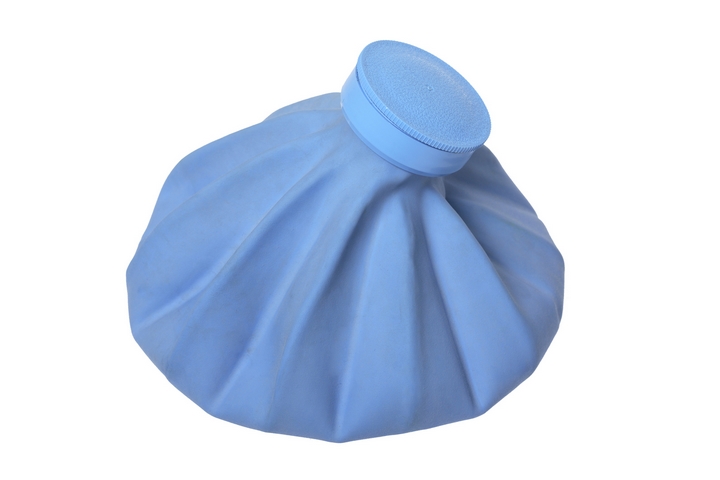The human body is a complex machine with various systems working harmoniously to sustain life. Among these is your muscular system. It has specialized cells called muscle fibres that are attached to bones, blood vessels, and internal organs in order to provide movement through muscle contraction.
Your hamstring is actually three muscles that run down the back of your thigh from your pelvis to the bones on the top of the lower leg and include the bicep femurs, the semimembranosus, and the semitendinosus. Their main function is for bending the knee and moving your hips backward.
Regular activities like walking, running, squatting, and jumping utilize this movement. Injury to your hamstring muscles is common and is usually the result of athletic injury, overtraining, and poor flexibility.
You are more likely to get a hamstring injury if you:
- Don’t Warm Up Before Exercise Warming up with stretching gets your muscles ready for the activity. It also reduces your post-workout soreness.
- Have Tight Quadriceps If your thigh muscles are too tight they can pull your pelvis forward, tightening the hamstrings
- Have Weak Glutes These muscles work together with the hamstrings and if they are weak, the hamstrings can become overloaded.
Pay attention to symptoms of a hamstring injury:
- Any sharp pain while exercising or playing sports
- A sudden pop or tearing sensation
- Pain in the lower buttock or thigh when walking or bending over
- Bruising and tenderness
If you have any of these symptoms, you should see your chiropractor North York and get a physical exam to rule out a major tear in the hamstring. For a pulled hamstrings there are several ways on how to recover from a pulled hamstring:
1. Rest the Injured Leg

As much as you want to get back to regular activities, you need to take time away and rest. Your body needs time to heal and you have to be patient. You shouldn’t do anything that will aggravate the injury so don’t put any weight on your leg at all. Ask your doctor for crutches until you feel the pain go away.
2. Apply Ice

Applying ice is a good technique on how to recover from a pulled hamstring. Inflammation is part of the healing process but the body can overcompensate. Using ice on a pulled hamstring will cool down the area and restrict blood flow to reduce swelling and pain. You should use a cold pack or a bag of peas for 20-30 minutes every 3-4 hours during the day. Wrap the ice in a cloth rather than putting it directly on the skin.
3. Use Compression

You want to limit movement in the area as well as reduce swelling. Wearing a compression sleeve or elastic bandage can help with circulation and soreness while immobilizing the area better. You want to help your body heal and using compression will aid in pain and recovery.
4. Elevate

Another important step to speeding up a pulled hamstring is to elevate the leg. Bringing your leg above the level of your heart will reduce the throbbing that happens when blood pumps to the injured muscle so sitting or lying down is best. Use pillows under your leg and knee so it’s more comfortable. Try to do this as often as possible including while icing and using compression to decrease pain and swelling.
5. Pain Medication

To help with pain in the short term you can take anti-inflammatory drugs like naproxen or ibuprofen. Consult your doctor to see what they recommend as you don’t want any side effects while healing. Always be safe with medicines and read and follow all instructions on the label.
6. Light Stretching

Listen to your body as you start to heal. When the pain begins to lessen you can start some gentle stretching to strengthen the muscle and open up any tightness. Strengthening your hamstring is key to reducing another injury and exercising the muscles will help protect them.
This is also where a good massage and physiotherapist will be beneficial. They are qualified to give you treatments and follow-up exercise to get you back to your regular activities. A physiotherapist uses manual therapy and tailored exercises to alleviate pain and accelerate your healing.
Here are a few prevention tips:
- Do a warmup before starting any physical activities and sports.
- Do regular exercise to maintain muscular fitness.
- Regularly do stretching to strengthen your muscles
- Take rest days between workouts and heavy activities
- Work on your hamstrings in preparation for activities that can put strain on them
Hamstring injuries are pretty common if you are an athlete or work out regularly. Whether it’s sports like football, soccer, basketball or activities like running, skating and many other athletics, strain on your muscles is part of the process. Most time though, it’s being underprepared and overused that causes muscle injury to your hamstrings.
Follow the methods above and you will help speed up the recovery of your pulled hamstring. Then you can get back to your favourite activity at 100%.



